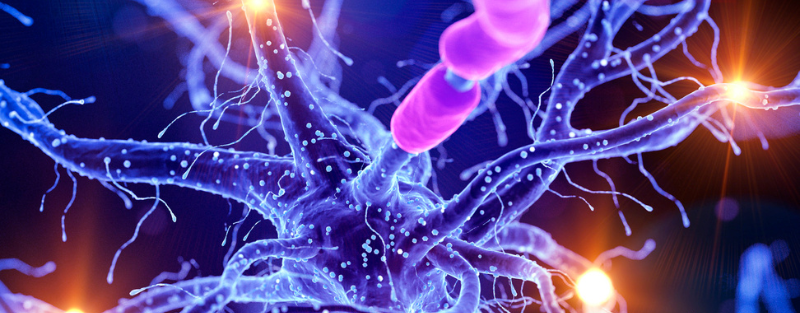The human body is a marvel of intricate design, and at the heart of its command and control lies the. Comprising the brain, spinal cord, and an extensive network of nerves, this complex system orchestrates every thought, movement, and sensation. In this blog, we will delve into the wonders exploring its structure, functions, and the incredible ways it regulates our daily lives.
The Anatomy
The Brain: The Master Architect At the epicenter of the nervous system is the brain, an organ that weighs about three pounds but holds the key to our identity, thoughts, and emotions. Divided into regions responsible for different functions, the brain controls everything from basic bodily functions to complex cognitive processes.
The Spinal Cord: Information Superhighway Running down the length of the spine, the spinal cord serves as a communication bridge between the brain and the rest of the body. It relays signals to and from the brain, allowing for swift reflex actions and coordinated movements.
Nerves: The Messengers of the Body Extending from the spinal cord are nerves, which form an intricate network throughout the body. Classified into sensory and motor nerves, they transmit signals that enable us to perceive our environment and respond accordingly.
The Functions of the Nervous System:
Sensory Input: Perceiving the World The nervous system receives information from the environment through sensory receptors. These receptors detect stimuli such as light, sound, touch, and temperature, converting them into electrical signals that the can interpret.
Integration: Making Sense of Information The brain processes the incoming sensory signals, integrating them to form a comprehensive understanding of the environment. This is where conscious perception, learning, and memory come into play.
Motor Output: Executing Responses Once the brain has processed the information, it sends out motor commands through the nerves to muscles and glands, orchestrating movements and physiological responses. This process allows us to interact with our surroundings and adapt to changing conditions.
The Divisions
Central Nervous System (CNS): Brain and Spinal Cord The CNS is the control center of the body. It processes information and generates responses, playing a pivotal role in cognitive functions and voluntary movements.
Peripheral Nervous System (PNS): Nerves and Ganglia The PNS connects the CNS to the rest of the body. It includes sensory and motor nerves, enabling communication between the central and various organs, muscles, and glands.
Disorders of the Nervous System:
Neurological Disorders: Unraveling the Mysteries Conditions such as Alzheimer’s disease, Parkinson’s disease, and multiple sclerosis impact the nervous system, leading to a range of symptoms affecting movement, cognition, and overall well-being.
Mental Health and the Nervous System Mental health disorders, including depression, anxiety, and schizophrenia, involve complex interactions within the nervous system. Understanding these connections is crucial for developing effective treatments and interventions.
Conclusion:
The nervous system stands as a testament to the incredible complexity and sophistication of the human body. From the intricate dance of neurotransmitters in the brain to the rapid transmission of signals through nerves, every aspect of this system contributes to our ability to perceive, interpret, and interact with the world. As we continue to unlock the secrets of the nervous system, we gain valuable insights into the essence of what makes us uniquely human.



